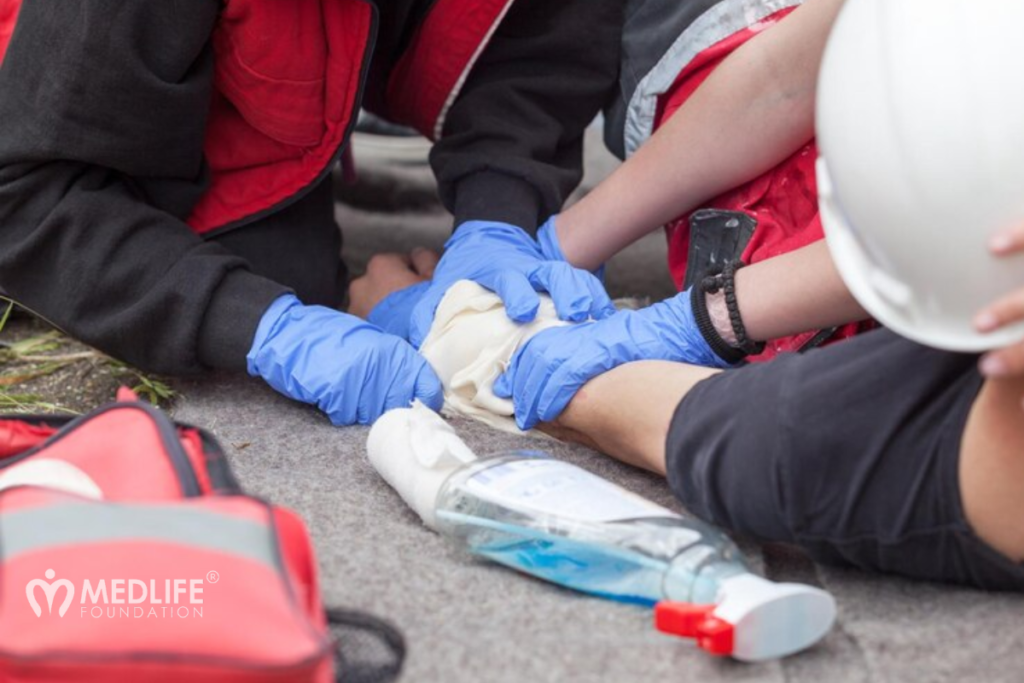
To build a community equipped to handle emergencies through essential life-saving skills training. Our goal is to establish a network of volunteers who are ready to act, ensuring that every community has trained individuals prepared for critical situations.

Equip community volunteers with essential life-saving skills, including CPR, choking rescue, and basic first aid. Through hands-on training with experienced professionals, volunteers learn to respond quickly and confidently in emergencies.

Regular emergency drills simulate real-life scenarios like accidents, cardiac events, and choking incidents, so volunteers practice and retain skills that prepare them to act effectively when needed.
Performing CPR within the first 3-5 minutes of a cardiac arrest can increase survival rates by up to 70%. Our training empowers volunteers to make that crucial difference in time-sensitive situations.


Choking is a leading cause of preventable death. With proper rescue training, bystanders can save lives by intervening swiftly. Our sessions focus on simple techniques that can be applied immediately to prevent tragedy.
Administering basic first aid during the first few minutes of an accident or injury can significantly reduce complications and improve recovery. By training community members, we make sure that timely help is always available.


Volunteers register, undergo orientation, and receive an overview of the life-saving skills they’ll learn.

Instructors guide hands-on sessions, covering techniques like CPR, choking rescue, and basic first aid. Simulated emergency scenarios allow volunteers to practice in a safe, controlled environment.

Certified volunteers join our network of trained responders, creating a safer community where quick, knowledgeable help is always close by.

Studies show that for every minute without CPR in a cardiac emergency, survival rates drop by 10%. Immediate help can be the difference between life and death.

Only 3 out of 10 people feel prepared to assist in emergencies. Our training aims to raise this number, ensuring that more individuals can provide immediate assistance and save lives.

Bystander-administered first aid reduces mortality by 30-50% in road accidents and trauma situations. Community preparedness means better outcomes and a lower risk of fatalities.

Easy registration for emergency training, blood donation drives, and volunteer opportunities, with a focus on building a life-saving community network.

Easy registration for emergency training, blood donation drives, and volunteer opportunities, with a focus on building a life-saving community network.

A fun, informative quiz on emergency response and road safety basics that users can share, helping spread awareness and encouraging others to get involved.
Saving Lives Starts with You – Let’s Make It Happen Together

Medlife Foundation is dedicated to improving healthcare access for underserved communities, providing essential medical services, health education, and support to create healthier lives.